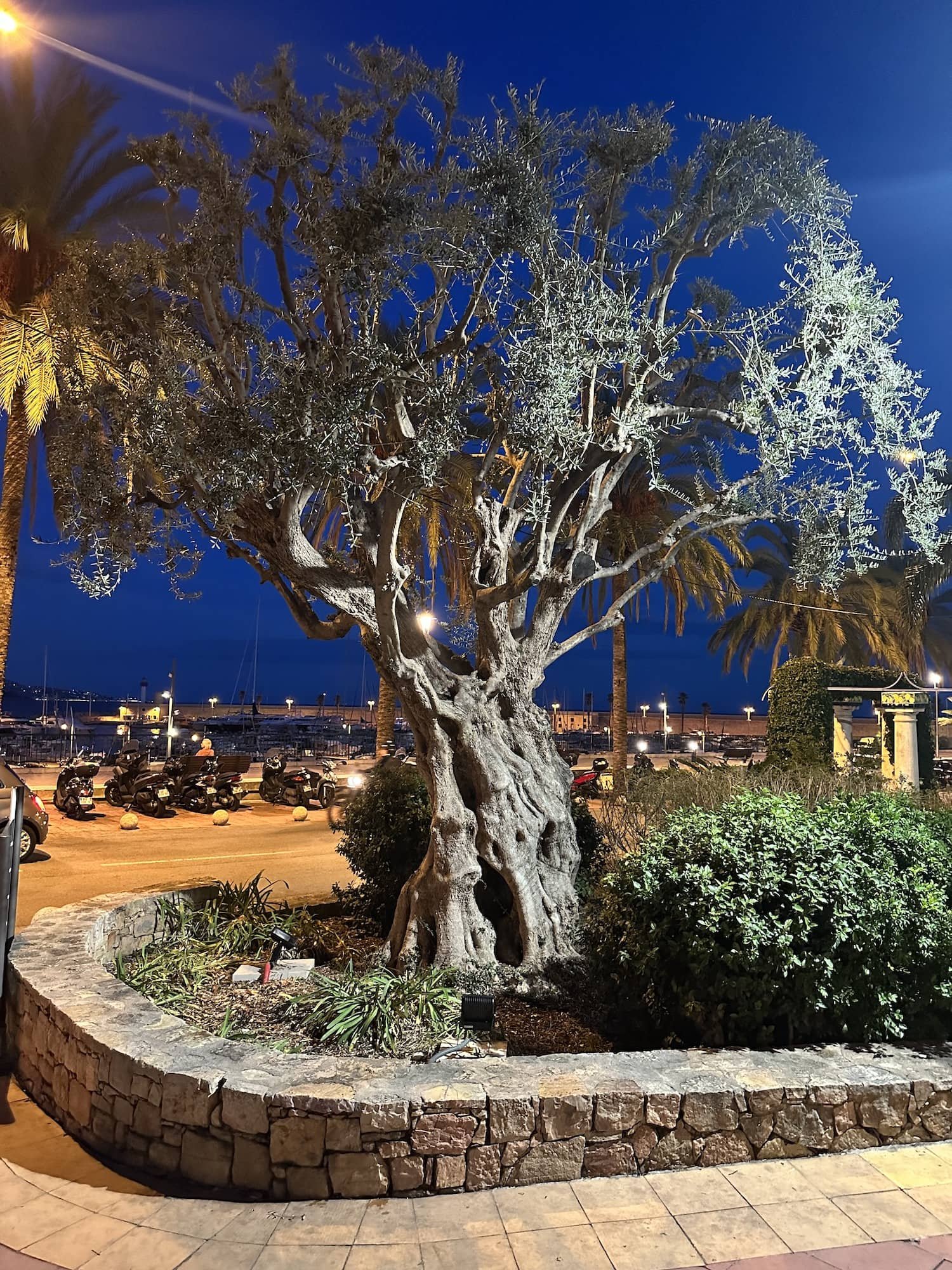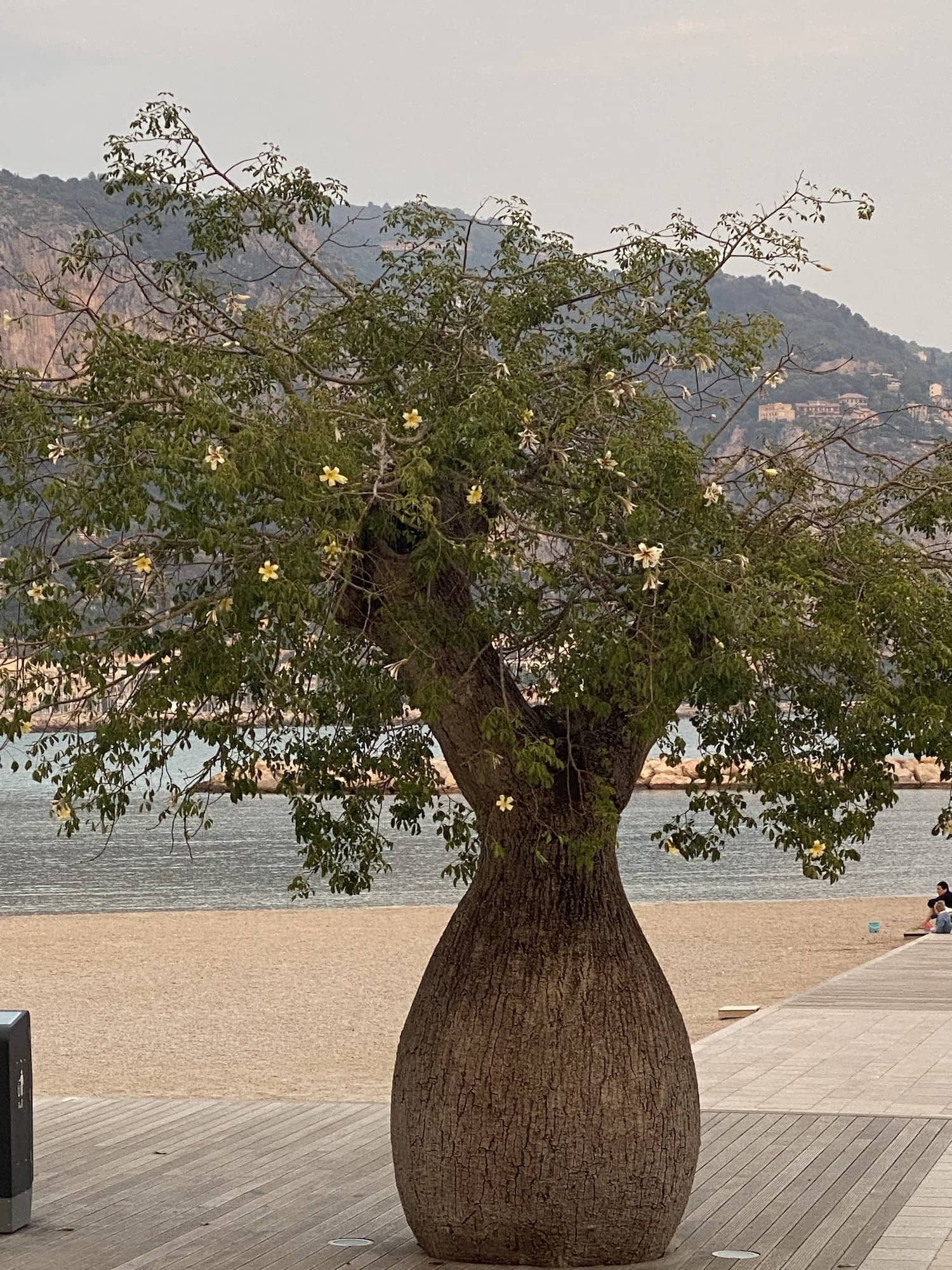Europe Through the Eyes of a Tree Nerd Part 1
Entering southern Europe at Nice, France, there are trees as well-aged as the Roman ruins and masterpieces of art. At this time of the year the forests are full of wild boars rooting out the truffles. We notice the ruins, art, trees, and pigs in concert.
Sticking to the back roads along the French Riviera we only manage to advance 23 miles on our first day out. Immediately we are noticing Olive trees with obviously ancient trunks and radically reduced foliage. The effect that this informal pollard treatment is having on the shape of the trees creates a very sculptural effect.
The olives subjected to hard reduction is reminiscent of the Willow pollards painted by Vincent Van Gogh.
However, In the case of the Willow, the pollards were created to harvest the flexible branches for basket making, fodder, and kindling while with these other trees we are observing on the coast of the mediterranean, the pollarding seems to be about keeping the tree small.
When we finally stop in Menton, France for a few days we find a hotel with palm trees and orange groves. We dine on truffle pasta after which a sunset walk along the beach brings us to a number of cool looking bottle trees.
Bottle tree (Brachychiton rupestris)
It appears that these trees have also been subject to practices similar to the pollarding of the Willow, which minimizes the canopy and accentuates the fat trunk - think Baobab. It leaves a trunk that begs to be touched, in spite of the thorns.
Menton is home to the Jardin Botanique Val Rahmeh, a botanical garden which was planted in the shade of a grove of 400 year old olives. The old olives were subjected to a hard reduction leaving maybe 20-25% of the foliage which is less stressful than a complete pollard but hard enough to leave a trunk of exceptional girth and a shade structure for the exotic array of subtropical and tropical flora.
Other trees often subject to pollarding are Lindens, Horse Chestnuts and Sycamores, three very large species commonly planted along streets, in parks and town squares. In this case these trees are subject to a more total pollard system; cut back to a scaffold each winter with very little foliage left outside that structure which keeps them from outgrowing their space.
This treatment creates the characteristic knobby knuckled look.
As we putter our little hybrid Renault further along the circuitous backroads we cross the French border and move into the lake district of northern Italy. Magically, we arrive at Lago d’ Orta, a small jewel of a lake complete with a 12th century Basilica floating in the middle.
And here in the main square of Orta San Giulio , we find pollarded Lindens!






